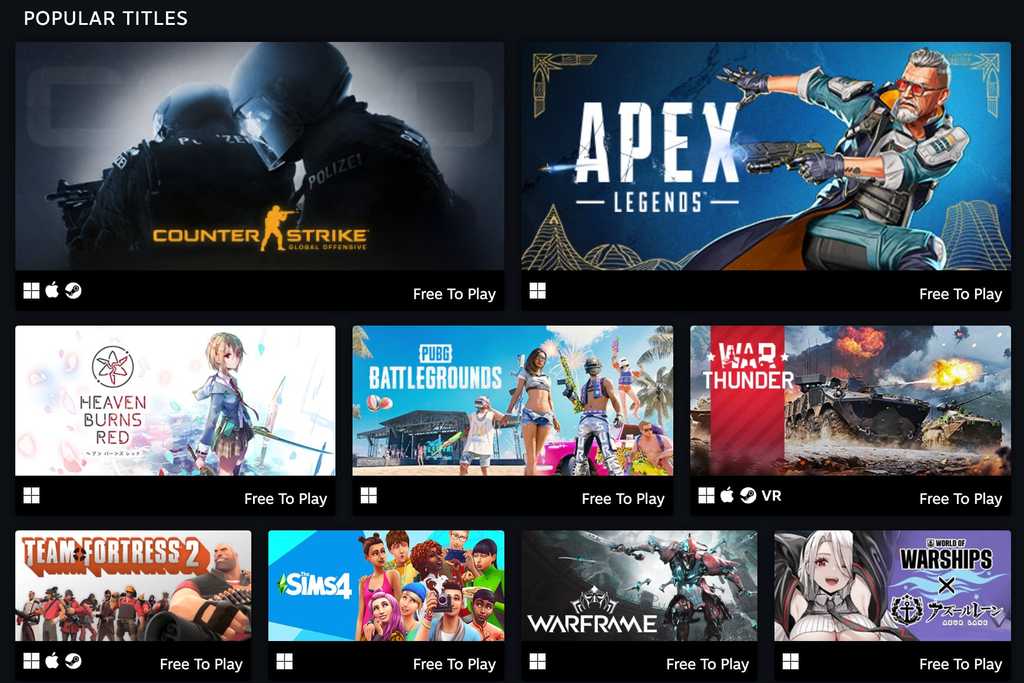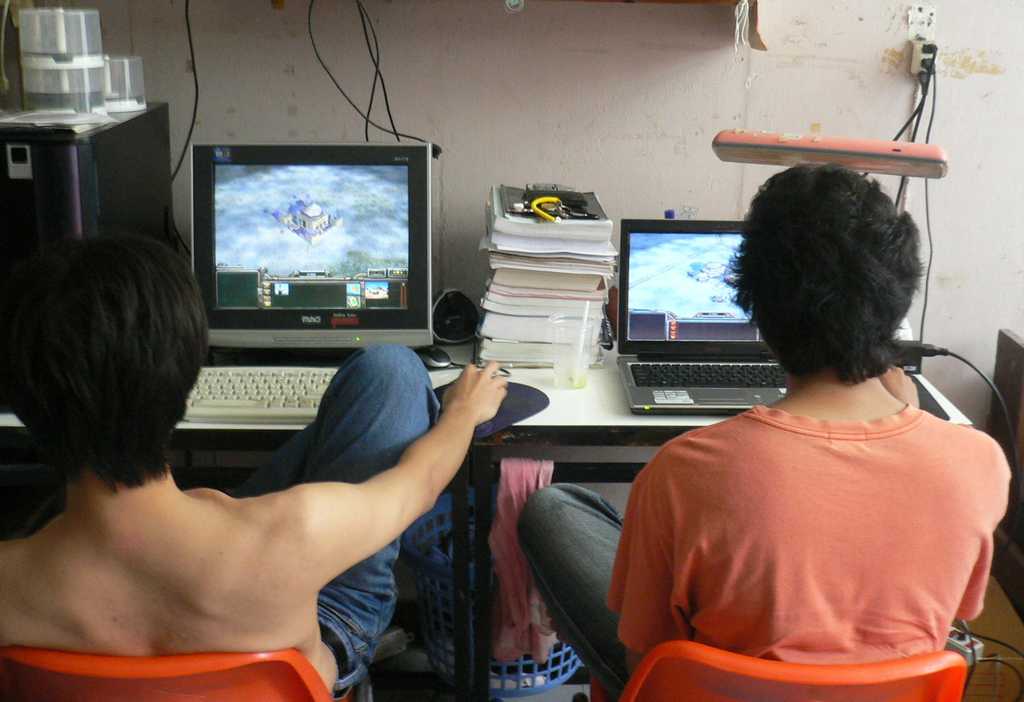
Video Gaming Habits of Different Generations
Everyone has their own way of enjoying video games. Whether you're a Baby Boomer or a member of Gen Alpha, how you interact with video games tells a unique story. This article highlights different generations' gaming preferences and habits. Ready to see where you fit in the grand gaming world? Let's get started.
Why are Video Games so Appealing to All Generations
Playing games is more than just a fun way to pass the time. They're more than a quick fix for boredom. Think about it: strategy games sharpen our thinking. Story-rich games give our minds a workout.
The best part? Video games are easy to get. Many are free or low-cost, ready for download in a few clicks. People love the convenience.
Games offer a break, too. When real life gets tough, games are a mini-vacation. They let us try on new roles and take risks without real-world fallout. They boost our confidence, no matter the game's outcome.
And today, games are social hubs. They're not just for fun. People meet up for work chats, business talks, or even concerts in virtual spaces.
No wonder the gaming industry is booming. From young to old, everyone's playing. There are over 3 billion gamers worldwide, which is expected to rise to 3.32 billion by 2024.
Gaming Preferences from Baby Boomers to Gen Alpha
Video games have a universal appeal that spans across age groups. People from all generations enjoy gaming.
- Baby Boomers — they saw video games' first steps. They witnessed the days of Pong, Pac-Man, and Space Invaders in arcades. While today's high-tech games might not be their go-to, many Baby Boomers still enjoy casual games on their phones or revisit those old-school classics.
- Gen X — this is the arcade and home console era crowd. They were there when Nintendo and Sega Genesis made waves. Their gaming taste varies, from action-packed quests to rich story-based role-plays. Today, they're a big part of the PC and console gaming scene.
- Millennials — enter the digital age. Millennials saw games leap from simple 8-bit to vast 3D worlds. They're big on multiplayer and online games. And let's not forget they boosted esports and game streaming to the mainstream.
- Gen Z — for them tech is second nature. They've seen mobile gaming take off, thanks to the ever-present smartphone. Their game choices? Varied. They're in for everything from quick mobile games to intense multiplayer battles.
- Generation Alpha — the tech-savvy toddlers and kids. Touchscreens are their playgrounds. Many of them start gaming with fun, educational apps. And as they grow, the gaming world will only offer them more innovations.
Millennials are the Most Playing Generation
Video games were still young during the Baby Boomer days. They truly hit the mainstream in the 1970s. By Generation X, playing games was the norm.
Now, Millennials take the crown for gaming the most. They spend a lot of time in virtual worlds. Did you know? 40% of Millennials play for about 22 hours weekly, says Fandom, the platform for gaming and entertainment enthusiasts.
Also, gaming sits as the top interest for 52% of Millennials. Gen Z and Alpha play a lot but haven't caught up with Millennials yet.
Game choices differ too. Millennials and Z lean towards story-rich strategy games. Think of deep plots and strong characters. Gen Alpha? They're all about team-based competitive games.
People have their reasons to play. Kids and teens? They play for fun and to achieve something. For Gen Z, it's about chilling out. And Millennials? They see games as a way to connect with others and challenge their minds. Gaming does bring people together, after all.
How Generations Play Together
Video games have bridged generational gaps. Whether it's parents playing with their kids or grandparents joining in, gaming is a family affair. It's a space where age often doesn't matter.
Family game nights have transformed. Board games were the go-to in the past. Now, digital screens hold the spotlight. Games like "Minecraft" or "Mario Kart" see players of all ages coming together. These games offer simple controls and are easy for everyone to grasp.
Multiplayer online games have also seen mixed-age teams. Older gamers might share their experience and tactics, while younger players bring quick reflexes. This blend can create powerful teams. For example, in games like "Fortnite," many families team up to play.
Co-op (cooperative) games are popular too. Titles such as "Overcooked" or "Luigi's Mansion" promote teamwork. They require players to work together, making them perfect for mixed-age groups.
"More parents and guardians are seeing benefits of gaming with their kids than ever before: co-gaming parents are +83% more likely to agree that gaming fosters leadership skills, +77% more likely to agree it teaches important life skills and +38% more likely to agree it establishes teamwork & collaboration."
Generational differences can lead to unique gaming moments. A Boomer might recall the thrill of early arcade games. A Gen Z player could introduce them to the world of virtual reality. Sharing these experiences enriches both players.
Playing together strengthens bonds. Video games provide a platform for generations to connect, learn, and create shared memories. It's not just about winning; it's about coming together.
Generations and Their Consoles
Video gaming has had a vibrant history, with different generations experiencing varied devices.
In the '70s and early '80s, arcade machines ruled. But it wasn't long before the Atari 2600 entered homes, making "Pong" a household name.
As we approached the '90s, things changed. Nintendo's NES and Super NES became favorites. Sega's Genesis wasn't far behind, introducing characters like "Sonic the Hedgehog." But PCs also began to stake their claim. With improved graphics and game variety, computer gaming started its ascent.
The 2000s was a pivotal decade. PlayStation and Xbox joined the party, pushing boundaries with games like "Halo." Yet, PCs held firm, with platforms like Steam revolutionizing game distribution.
Today, the lines between console and PC gaming blur. Nintendo's Switch offers flexibility, while PlayStation 5 and Xbox Series X showcase crisp graphics. Meanwhile, PCs cater to both casual players and hardcore gamers, adapting with high-end graphics cards and VR compatibility.
How Different Generations Can Play Safely
Video games can be fun and beneficial. They boost creativity and strategy skills and can ease stress. However, there's a downside. Some gamers sacrifice sleep, work, or study time to play. The lure of the virtual world is powerful.
Health can suffer too. Issues can include stress, weight gain, back problems, and eye strain.
Recent studies highlight these concerns. A survey of student gamers showed 56% had vision issues. 42% had neck or back pain, while 36% reported wrist pain. Also, 40% didn't exercise, worsening their health. So, how can we balance gaming and well-being? Expert advice helps.
The American Academy of Pediatrics advises young gamers (Alpha and Z generations) to limit play. Weekdays should be under 60 minutes, and weekends should be capped at 2 hours. For kids under 6? Just 30 minutes daily. Parents should monitor game content, choosing age-suitable options.
Jean Twenge, professor from San Diego State University, suggests safe limits. Teens can play for one to two hours daily. Millennials and older players should avoid marathon sessions. Five hours straight is the max. Adult playtime varies based on lifestyle, health, and free time.
Remember, these tips are guidelines. Everyone's choice is personal. But all gamers, regardless of age, need breaks. After an hour of play, stand up, stretch, or walk for 15 minutes.
The Future of Gaming Trends
Video games are changing. With advanced tech and new platforms, they're welcoming players from all walks of life. Better graphics, captivating stories, and online play are driving this evolution. Now, games aren't just fun. They're places for chatting, learning, and even working. The line between game and reality is getting thin. Gaming is becoming an integral part of modern culture.
The industry is booming. Every year brings a flood of new games. They span genres and styles, and their numbers keep climbing.
Gaming is familiar to many, especially Millennials, Gen Z, and Alpha. With the sheer variety out there, future games will cater to all ages and tastes.



